Signs and Symptoms of Heart Attack and Stroke
The power of prevention and how being informed saves lives!
Dr. Liza Klassen ND | February 2024| Reviewed by Dr. Kelly Clinning ND
Signs and Symptoms of Heart Attack|Signs and Symptoms of Stroke |Reducing Risk
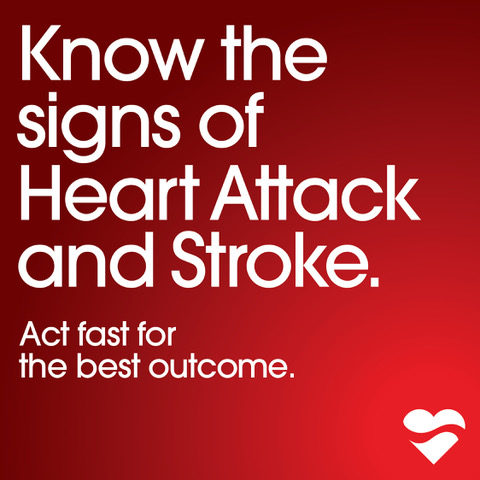
Managing modifiable risk factors for heart attack and stroke can significantly reduce your risk of a serious cardiovascular event. According to Stats Canada, strokes are the leading cause of adult disability in Canada and the 3rd leading cause of death. Cardiovascular or ischemic heart disease affects 1 in 12 Canadian adults and is the second leading cause of death in Canada. While these facts are worrisome, 80% of these events are preventable!
Over the past decade, the number of strokes and mortality from cardiovascular disease has steadily declined. This is primarily due to increased awareness of symptoms, improved risk factors management, and advanced stroke care. Prevention is vital for reducing risk, and being able to identify early warning signs of heart and stroke is essential for prompt and efficacious care.
Heart Attack Signs and Symptoms
Chest pain or a tight, squeezing sensation, is the most common symptom of a heart attack. However, not everyone who has a heart attack experiences chest pain, especially women. Women often experience more subtle signs that are harder to identify, such as pain and pressure in the abdomen that can be mistaken for other health issues. The Heart and Stroke Foundation cautions that up to 78% of women miss early warning signs of an impending heart attack. It’s essential to know these subtle signs of heart attacks for prompt identification and treatment!
Heart Attack Signs and Symptoms by Gender
Stroke Signs and Symptoms Act FAST is a mnemonic used for recognizing the common signs of a stroke.
However, like heart attacks, more subtle symptoms are associated with strokes that differ between men and women. Strokes disproportionately affect women; they have worse outcomes, more challenging recoveries and are more likely to die than men. Identifying these less typical stroke presentations is critical as earlier treatment results in a greater chance of recovery and reduced likelihood of disability.
Stroke Signs and Symptoms by Gender
Many risk factors for heart attack and stroke are modifiable, meaning you can influence them! Lifestyle factors include physical activity, moderate alcohol intake, smoking cessation, stress management and healthy weight maintenance. Maintaining healthy blood pressure, along with proper management of high cholesterol and diabetes, is vital. Prompt, effective treatment of hypertension reduces the risk of having a cardiovascular event such as a heart attack or stroke.
Regular blood pressure monitoring is a healthy habit and will keep you on track to reach your overall wellness goals.
For more expert advice on blood pressure health, and overall health and wellbeing, visit our growing library of articles at precardix.ca/blog.
Important Information
Always consult with your health care provider before making changes to your blood pressure management plan. PreCardix® does not treat, cure or prevent medical conditions. Measure and monitor blood pressure regularly. Know the signs of heart attack and stroke. Do not take PreCardix® if you are pregnant, breastfeeding, have renal artery stenosis, history of angioneurotic edema or shellfish allergy.

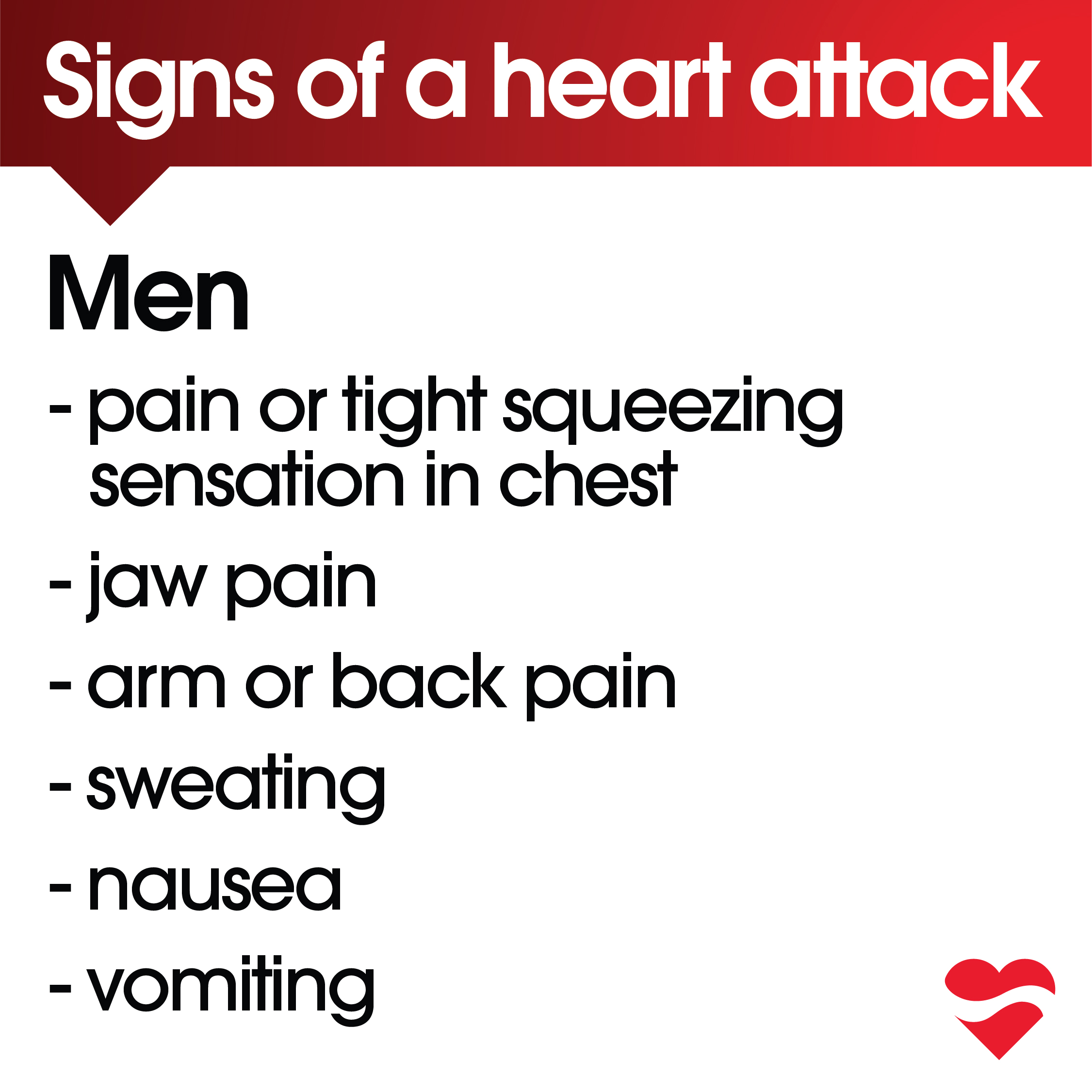

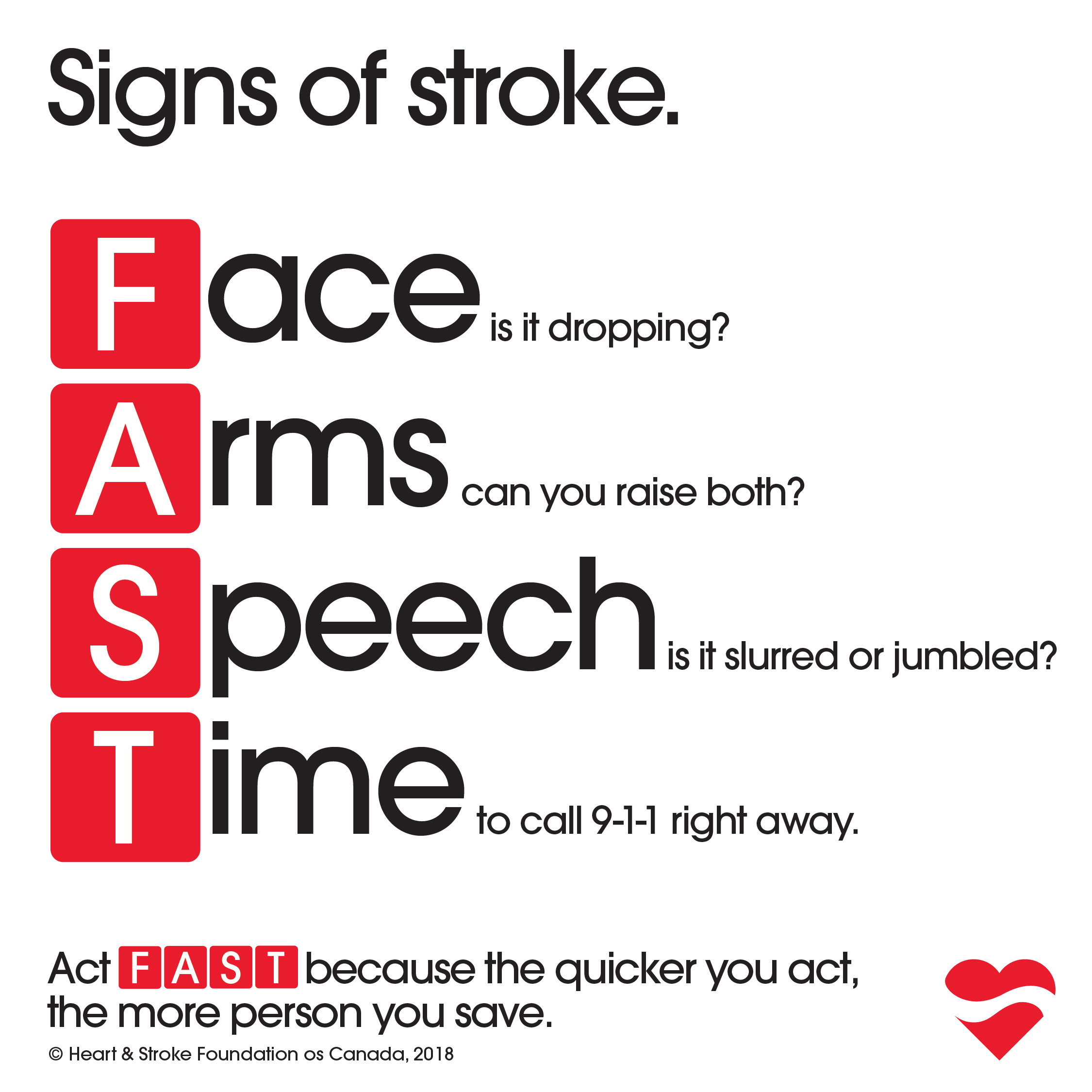
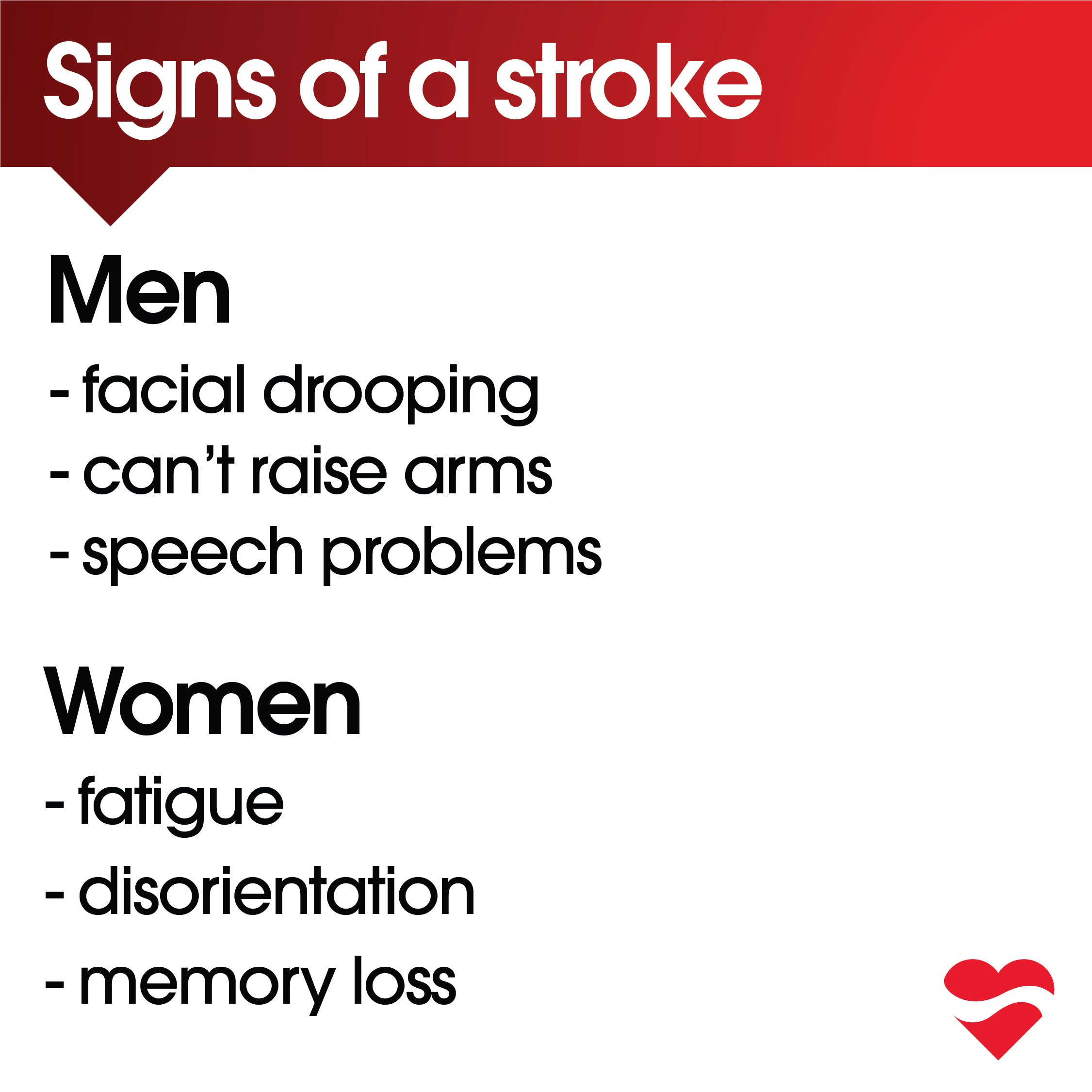
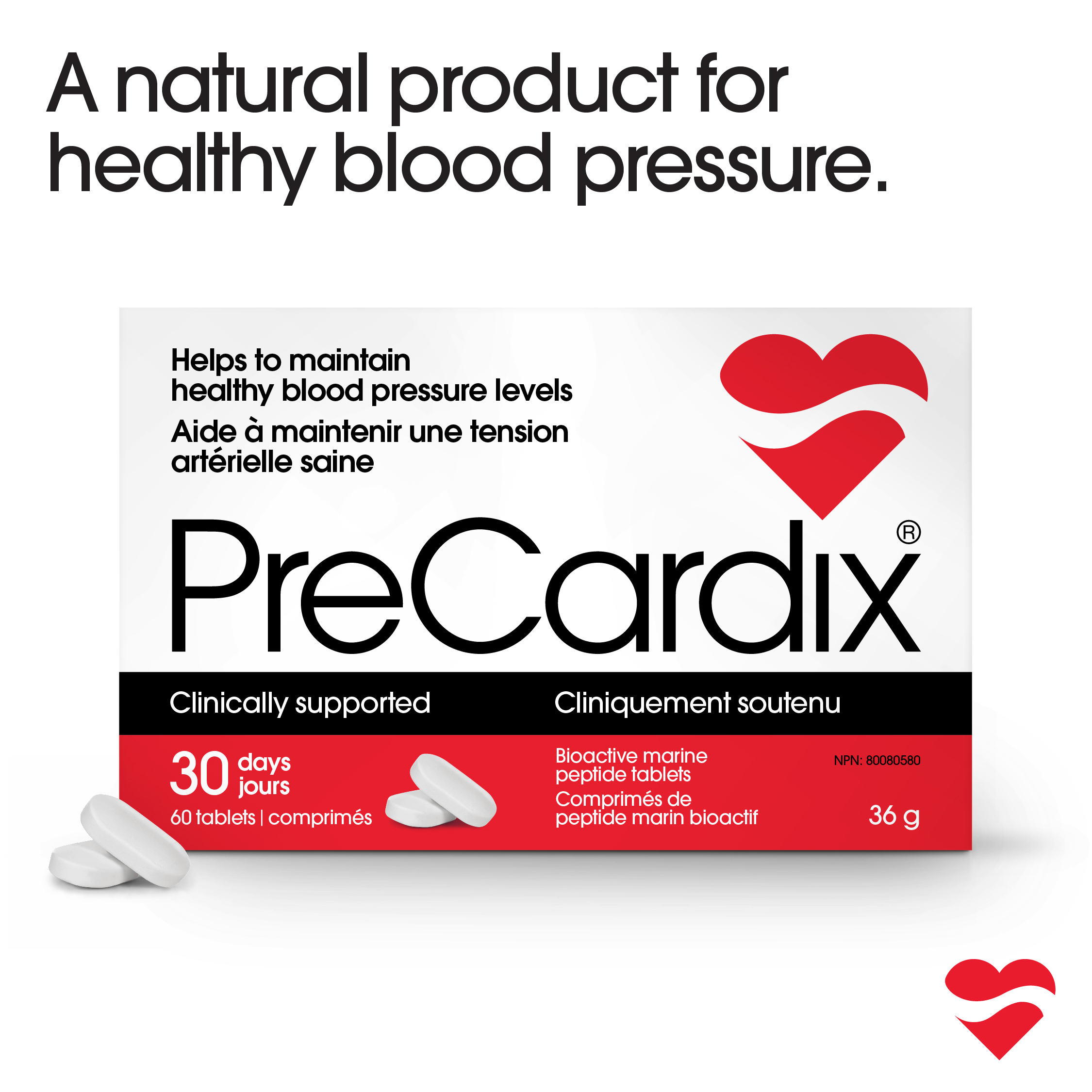
 Facebook Messenger
Facebook Messenger support@precardix.ca
support@precardix.ca Facebook
Facebook Instagram
Instagram YouTube
YouTube



